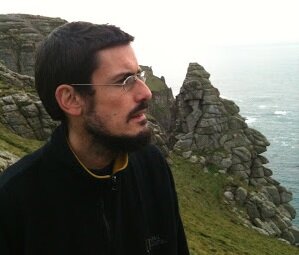
Matthew Watkins is a mathematician, author, broadcaster, DJ and generalist thinker. In the world of psychedelic research, he’s best known for a 1996 critique of Terence McKenna’s notorious Timewave theory (announced by McKenna to his audience as “The Watkins Objection”). His most recent publication was an experimental cosmic/local history book (You Are Here: The Biography of a Moment, 2017). Lately, he’s reluctantly become involved with AI safety research.
Colloquium Presentation: 10 June 2020 – 2:30pm (In person, WS Room 105)
Faces in things? Psychedelic visuals, Pareidolia and AI
Abstract
Increased facial pareidolia, the tendency for the human mind to see faces where there aren’t any, is a common feature in accounts of psychedelic experiences. Recently, researchers developing and experimenting with AI facial recognition systems have encountered a phenomenon analogous to facial pareidolia occuring with their algorithms. Harnessing this type of phenomenon, creative adaptation of such algorithms can be used to create convincing (to many) recreations of the visual component of psychedelic experience This goes back to Google DeepDream in 2015, and has since evolved considerably. Having recently been exploring the mysterious internal workings of Artificial Neural Network visual systems, another source of profoundly psychedelic imagery, I will explore what this unexpected crossover between technology and psychedelia might mean.